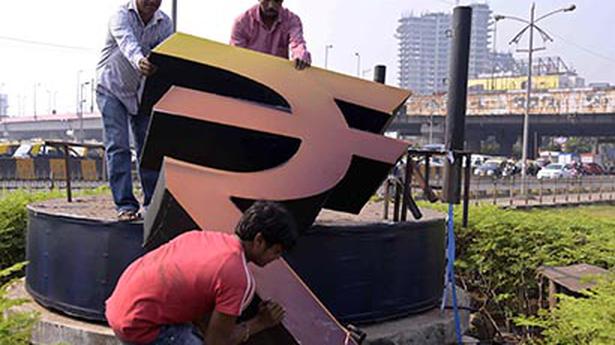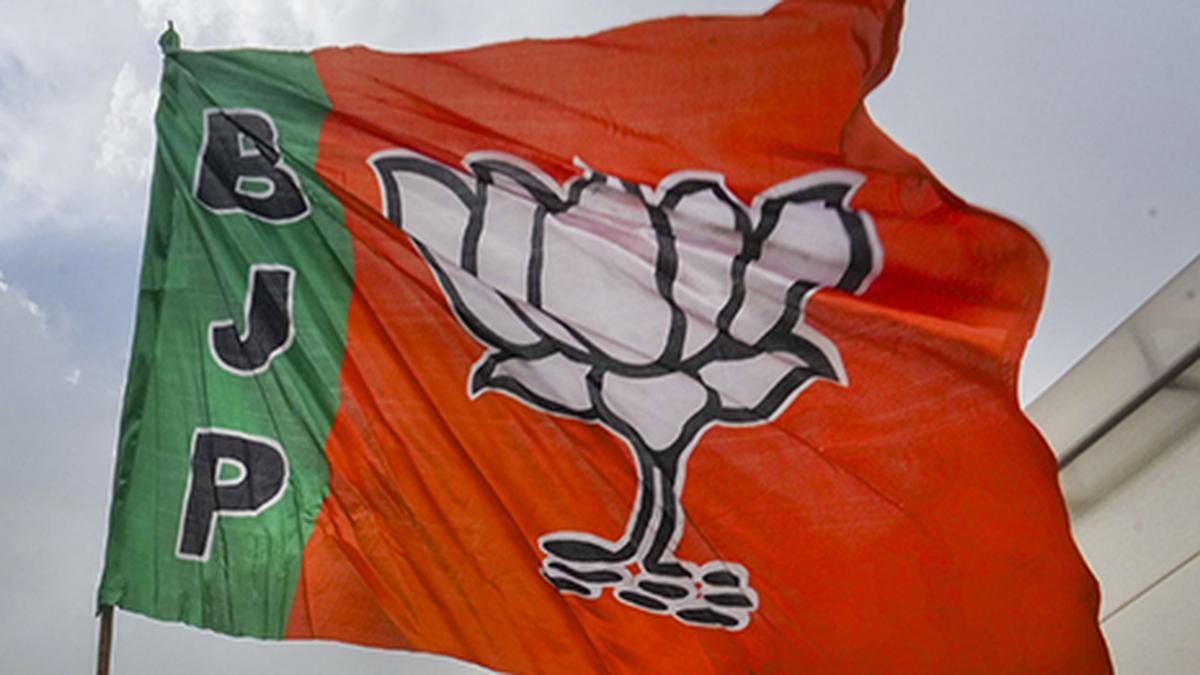State-owned GAIL India’s Dabhol LNG Terminal received its first liquefied natural gas cargo during monsoon on the back of commissioning of a crucial breakwater.
With the commissioning of the breakwater, the terminal has been designated an all-weather port. It is a critical transformation ensuring safe and reliable LNG operations even during the Southwest monsoon, which traditionally is a challenging period for marine logistics on India’s West coast, GAIL said on Friday.
It said this announcing that the first LNG vessel was successfully berthed and discharged at the Dabhol LNG Terminal following completion of the breakwater project. GAIL Bhuwan, the vessel, was received on June 2 by CMD Sandeep Kumar Gupta and Director (Marketing) Sanjay Kumar, marking commencement of uninterrupted, round-the-year operations at the terminal, the natural gas transmission and marketing company said.
With regasification capacity of 5 million tonnes per annum, the LNG Terminal serves as a vital link in India’s gas supply network via the Dabhol-Bangalore and Dabhol-Panvel cross-country pipelines. Unlike conventional land-connected structures, Dabhol is an island breakwater showcasing a feat of advanced marine engineering and involving extensive collaboration among multiple stakeholders. The ambitious project posed complex technical challenges and required innovative, customised solutions, GAIL said.
Expansion on cards
The commissioning of the facility is expected to significantly enhance vessel accessibility and improve capacity utilisation at the terminal, bolstering energy infrastructure and supply reliability. GAIL is considering expanding the terminal’s capacity to 6.3 MTPA in the first phase over next three years. Once expanded, the terminal is expected to handle up to 100 LNG cargoes annually, something important in the context of India’s target to increase natural gas consumption to 15% in its energy mix from existing 6%.
Published – June 06, 2025 07:48 pm IST






